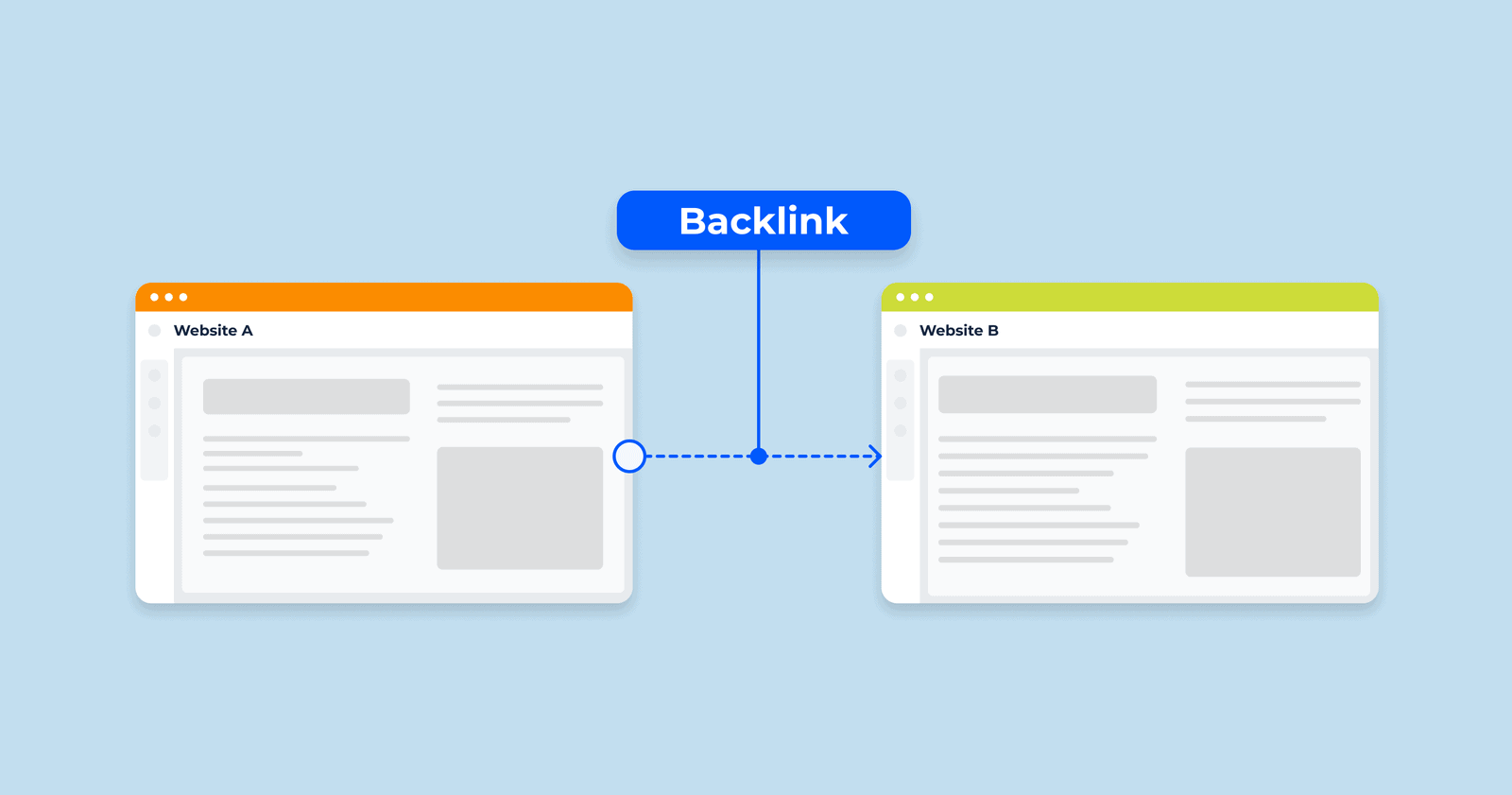Hey man…Are you tired of putting in hours of work on your website, creating amazing content, and still seeing your competition dominate the search engine results? It’s frustrating, right? You’re probably doing everything “right”: keyword research, on-page optimization, maybe even some basic link building. But what if I told you that there’s a secret weapon that many of the top-ranking websites are using that you’re likely ignoring? The answer lies in tiered link building, and it could be the missing piece of your SEO puzzle.
What the Heck is Tiered Link Building Anyway? (And Why Should You Care?)
Let’s break it down. Imagine your website is a castle, and links are the roads that lead people to your castle. You’ve got a great castle, and you are getting some traffic, but your competitor’s castle is getting way more traffic, and you don’t know why. Now imagine, you and your competitor both have a link from the same website, like abc.com. Normally, you would both get the same amount of “power” from that link. But, with tiered link building, the game changes.
Here’s the secret: you don’t just get a link to your website; you get links pointing to the link. abc.com is linking to your website, and you are also building links to abc.com. This means you now have a more powerful link than your competitor because you are pointing more link power to abc.com. Think of it like this: instead of one road leading to your castle, you have a network of roads all converging to that one main road. This creates a superhighway of authority, sending more power to your site.
Here’s a breakdown of what tiered linking looks like:
- Tier 1 Links: These are the links that point directly to your website. These are your guest posts, your PR links, or any links you’ve acquired.
- Tier 2 Links: These are links that point to your Tier 1 links, boosting their authority.
- Tier 3 (and beyond) Links: You can even go deeper, building links to your tier 2 links, and so on.
This creates a pyramid of link power, with your website at the very top, benefiting from all the built-up authority.

The Dirty Secret of Top-Ranking Sites: How the Gambling, CBD, and Crypto Industries Are Using Tiered Links to CRUSH Their Competition
You might be wondering if this strategy is only for those with massive marketing budgets, and the answer is no. Although it can take time and effort to learn how to execute this strategy, it is not very expensive to execute. While it’s true that some industries, like gambling, CBD, crypto, pharma, and finance, rely heavily on tiered link building due to their highly competitive nature, the truth is, tiered link building can work for almost any industry. Even in niches like porn, tiered link building can be very effective.
It’s not just about the industry you’re in. It’s about understanding that tiered link building can give you a competitive edge regardless of your business. If your competition is doing it, you probably should be as well.
How To Dominate SEO On A Shoestring Budget: The Step-by-Step Guide to Tiered Link Building
Now, let’s get down to the nitty-gritty of how you can use tiered links to boost your website rankings, even if you’re not spending hundreds of thousands a month on SEO.
Step 1: Find Your High-Value Links
First, you need to identify the links that are most valuable to you. These are the links you want to power up.
- Focus on Relevant Links: Look for links from websites that are relevant to your niche. If you are a plumber in Wyoming, you want links from other Wyoming based websites, like a Wyoming news website, or a Wyoming blog that talks about home repair.
- Check the Domain Authority (DR): You want links from sites with a good DR. A DR of 25 or above is a good place to start, but don’t be afraid to go a little lower, especially if you are not in a very competitive industry.
- Look for “Unpowered” Links: Use a tool to analyze the links pointing to your site, and look for ones that don’t have any tiered links pointing to them.
- Sort by Referring Domains: Sort your backlinks from the least amount of referring domains to the most. If you find a high quality, relevant website, but it has little to no tiered links pointing to it, this is the perfect candidate to begin your tiered link building strategy with.
- Filter By Anchor Text: Filter your backlink data to look for links that have your target keyword in the anchor text. This will help you find the most relevant links that you want to make even more powerful.
Step 2: Plan Your Tier 2 Links
Once you’ve identified your target links, it’s time to plan your tier 2 links. This is where you are going to create the network that is going to send power through to your target link.
- Focus on Referring Domains, not just DR: For your tier 2 links, focus on the number of referring domains they have, rather than just their DR. You don’t need extremely high DR websites linking to your tier 1 link. You need a high amount of referring domains.
- Use LSI Keywords in Your Anchors: When building your tier 2 links, use LSI (Latent Semantic Indexing) keywords. This means using variations of your main keyword.
- For example, if your tier 1 link is talking about “Arsenal winning the Premier League,” your tier 2 links could use anchors like “Arsenal transfer news” or “Will Arsenal win the Premier League?”.
- Don’t Be Afraid of Older URLs: Even older links (like those from 2017 or 2018) can benefit from tiered links. In fact, older URLs that are de-indexed can be re-indexed with tiered link building. You are also going to pass more page rank by building tiered links to older URLs that have been indexed.
Step 3: Build Your Tier 2 Links
Now it’s time to actually build the tier 2 links. But what kind of links should you use?
- Avoid Spammy Tactics: Don’t use spammy tools to build your tier 2 links. The goal is not to get as many links as possible, the goal is to build good quality links.
- High-Quality Tier 2 Links: High-quality tier 2 links are the name of the game. The goal is to create more referring domains, which will draw more crawlers and spiders to your tier 1 link.
- Use Tier 2 Link Building Services: Instead of using spammy tools, you can use services that provide tier 2 links. A service that provides you with links from a variety of domains is essential.
Step 4: Monitor and Audit Your Links
Link building isn’t a set-it-and-forget-it task. You need to monitor your links to ensure they are still active and indexed by Google.
- Run Regular Audits: Conduct audits of your backlinks to see if any have been de-indexed. If you find de-indexed links, you should build more tiered links to them.
- Check Indexability: See if your links have been indexed. If they haven’t, build some tiered links to them.

The “Secret” Link Building Power-Up: Why This Is Essential To Stay Ahead of The Competition
Tiered link building isn’t just about building more links; it’s about building smarter links. It’s about making your existing links work harder for you. Here’s why this strategy is essential to stay ahead of the competition:
- Maximize Link Power: You get more “bang for your buck” by powering up your existing links.
- Increase Relevance: By using relevant anchors and links, you send a strong signal to Google about what your website is about.
- Boost Rankings: When you’ve got the extra power, and your content is relevant, you will see a boost in rankings.
- Stay Competitive: If your competitors are using tiered links, you need to be as well to stay competitive.
- Increase Indexability: Tiered links can bring traffic to de-indexed pages, and cause them to be re-indexed.
Stop Ignoring Tiered Link Building and start dominating your niche!
Don’t let your website remain invisible. By using this approach to your link-building strategy, you are going to get more traffic to your website. With tiered link building, you are not only building links, but building a network of power, which is more important than simply having a few links from big websites. If you don’t do this, then you are letting a very powerful opportunity pass you by.
Conclusion
Tiered link building is not a magic bullet, but it is a crucial strategy for those who want to maximize their SEO efforts. It’s about working smarter, not just harder, and making your existing links more powerful. Don’t just build links; power them up! And it is crucial that you monitor these links and make sure they remain indexed. It is only when you do these things, that you are going to see the best results from your link-building strategy.
FAQs
Is tiered link building risky? When done right, tiered link building isn’t risky. The key is to avoid spammy tactics and focus on building high-quality, relevant links. If you are using high quality links, and not using spammy tools, you will not get penalized.
How many tiers of links should I build? You can build multiple tiers of links, but starting with tier 2 links to your most valuable links is a good starting point. Don’t overcomplicate it, focus on building quality links in your first two tiers.
Does tiered link building work for every industry? Yes, tiered link building can work for every industry. The level of tiered link building you need will vary, based on the competitiveness of your industry. If you are in a very competitive industry, like gambling, you will need more tiered links than if you are in a less competitive industry, like plumbing.

